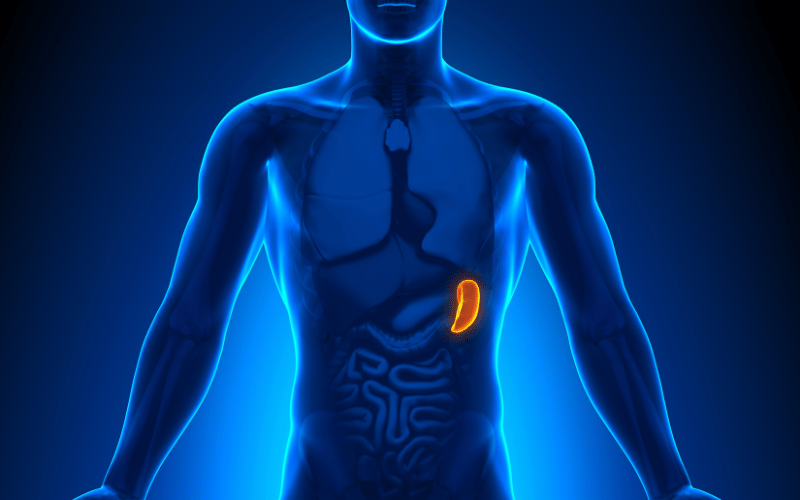Symptom 9: Enlarged Spleen

Alongside an enlarged liver, Non-Alcoholic Fatty Liver Disease (NAFLD) can also lead to an enlargement of the spleen, a condition known as splenomegaly. The spleen is a vital organ involved in filtering blood and fighting infection. When it becomes enlarged, it’s often an indicator of underlying issues, including liver disease.
The enlargement of the spleen in the context of NAFLD is closely linked to the health of the liver. As the liver becomes overwhelmed with fat, its ability to function properly diminishes, leading to an increase in pressure in the portal vein—the main vessel that carries blood to the liver. This increased pressure can result in the enlargement of the spleen, creating a cycle of dysfunction between the liver and spleen.
Splenomegaly can be accompanied by a range of symptoms, including pain or fullness in the left upper abdomen, fatigue, and an increased tendency to bleed easily. These symptoms are clear signals that the spleen, and by extension, the liver, require medical attention.
Addressing an enlarged spleen due to NAFLD involves tackling the root cause—the fatty liver. Lifestyle modifications, including dietary changes, weight management, and regular exercise, become key components of the recovery plan, aimed at reducing the fatty buildup in the liver and alleviating the pressure on the spleen.
With the right interventions and a commitment to positive lifestyle changes, the enlargement of the spleen can be managed, and its functions restored. It’s a journey towards balancing the body, restoring liver health, and ensuring the long-term wellbeing of both the liver and spleen. (9)